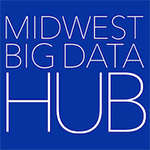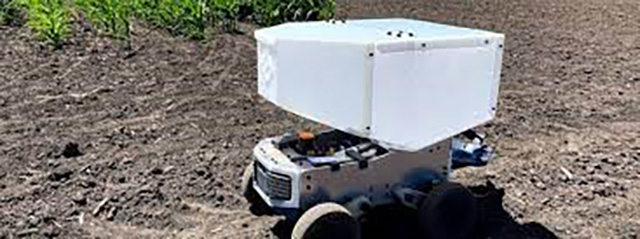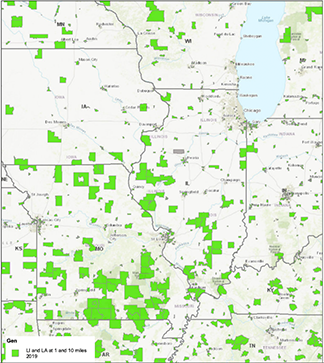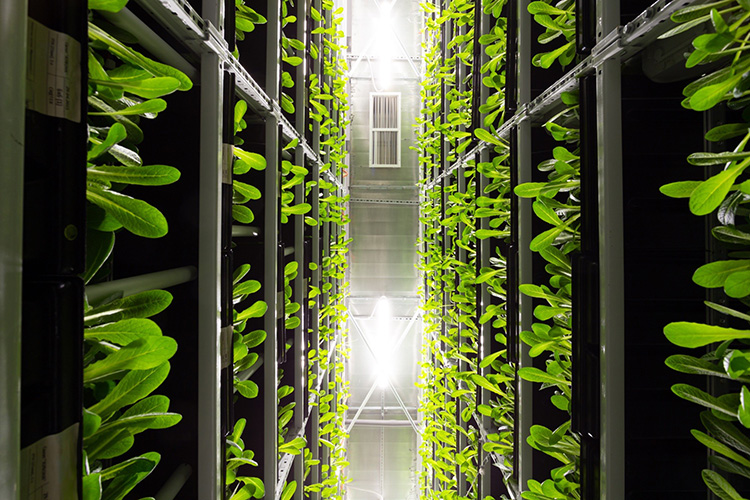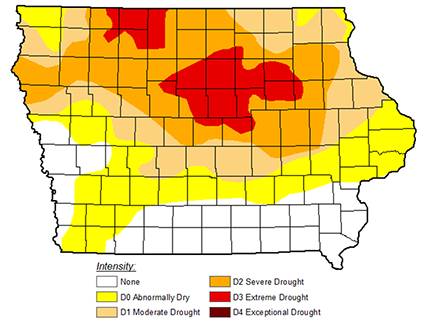By Francie Fink
This story is part of a series on partnerships developed by the Midwest Big Data Innovation Hub with institutions across the Midwest through the Community Development and Engagement (CDE) Program.
We’ve all experienced it: that moment when a shiny new product catches our eye, and we justify the upgrade with a quick, “Well, I’ll need a replacement sooner or later . . .” Before we know it, the old item is forgotten—tossed in a drawer or discarded altogether.
This “single-use” mindset isn’t limited to phones. Every day, restaurants discard uneaten food, fast fashion fuels massive textile waste, and holiday shopping arrives wrapped in mounds of plastic. These examples represent the “linear economy”—a global system based on extracting resources, creating products, and discarding them after short-term use. It’s a cycle that drives waste, inefficiency, and environmental harm.
St. Louis has long played a pivotal role in America’s economy and history. Positioned at the confluence of the Mississippi and Missouri Rivers, it was a 19th-century trade hub and an industrial leader. As the host of the 1904 World’s Fair, St. Louis showcased groundbreaking innovations in urban design, manufacturing, and science, including sustainable landscaping techniques. Its Forest Park remains a triumph in green space preservation, spanning 1,371 acres with 30,000 trees.
Yet, St. Louis also grapples with a history of environmental injustice. Communities of color have disproportionately faced the consequences of industrial pollution, lead poisoning, and elevated asthma rates. Illegal dumping remains prevalent in neighborhoods already lacking stable access to food, compounding challenges like food insecurity and ineffective waste management.
In response to these challenges, organizations in St. Louis are redefining the city’s relationship with waste and resources. CircularSTL, a coalition led by 10 Billion Strong, earthday365, Race to Zero Waste, and other environmental leaders, is championing the concept of the circular economy—a system designed to reduce waste by keeping materials and products in use for as long as possible. Unlike the “take-make-waste” cycle, the circular economy promotes principles like repair, reuse, remanufacture, and recycle.
Globally, less than 10% of the economy is circular. But in St. Louis, CircularSTL is working to change that. Partnering with local organizations like Washington University’s Office of Sustainability, Cortex Innovation District, and many others, 10 Billion Strong is uniting independent efforts under a shared framework to tackle waste and build a more sustainable city.
10 Billion Strong, known for its global sustainability projects in 101 countries, has empowered over 25,000 people and diverted more than 45 tons of plastic waste. The nonprofit’s CEO Patrick Arnold co-founded Circular STL along with three other St. Louis-based environmental leaders, in an effort to effect change close to home. The team’s idea was to use data to better characterize not just the problem of waste generation and management in St. Louis, but also the city’s ongoing solutions.
To achieve this, CircularSTL partnered with the Midwest Big Data Innovation Hub (MBDH) through its Community Development and Engagement Program to create a circular-city dashboard. This tool uses key indicators—such as waste management efficiency, energy use, and food systems—to assess the region’s progress toward a circular economy. By visualizing the problem and highlighting ongoing solutions, the tool empowers policymakers, businesses, and residents to take informed action.
The concepts of food waste and resource recycling differ significantly, making comparisons challenging. For example, tracking the volume of textiles recycled is quite different from measuring the weight of plastic diverted from landfills. Recognizing the need for an organized approach to address these complexities, project leaders prioritized gathering and interpreting St. Louis-specific data. They collaborated with over 50 stakeholders from local government, nonprofits, businesses, and academic partners to refine circular-economy indices and develop metrics tailored to the city. Two community meetings further identified gaps in data collection and potential sources to fill them.
The team was intentional about their approach. “Our methodology is to focus the data on solutions, not just the scope of the problem,” said Patrick Arnold, Founder and CEO at 10 Billion Strong. “With problems like food waste, we view it as a numerator and denominator challenge. The denominator represents the waste and the numerator represents the solutions. We know the denominator is huge, so we’re focusing on the numerator.”
In September 2024, CircularSTL hosted a symposium to share key findings and highlight progress. Questions like “Where is food waste being properly managed?” and “Where is e-waste being recycled?” were explored by speakers, panelists, and presenters. This progress was largely driven by the emphasis on data collection and analysis. For some organizations, this “culture of data” was a new but invigorating shift.
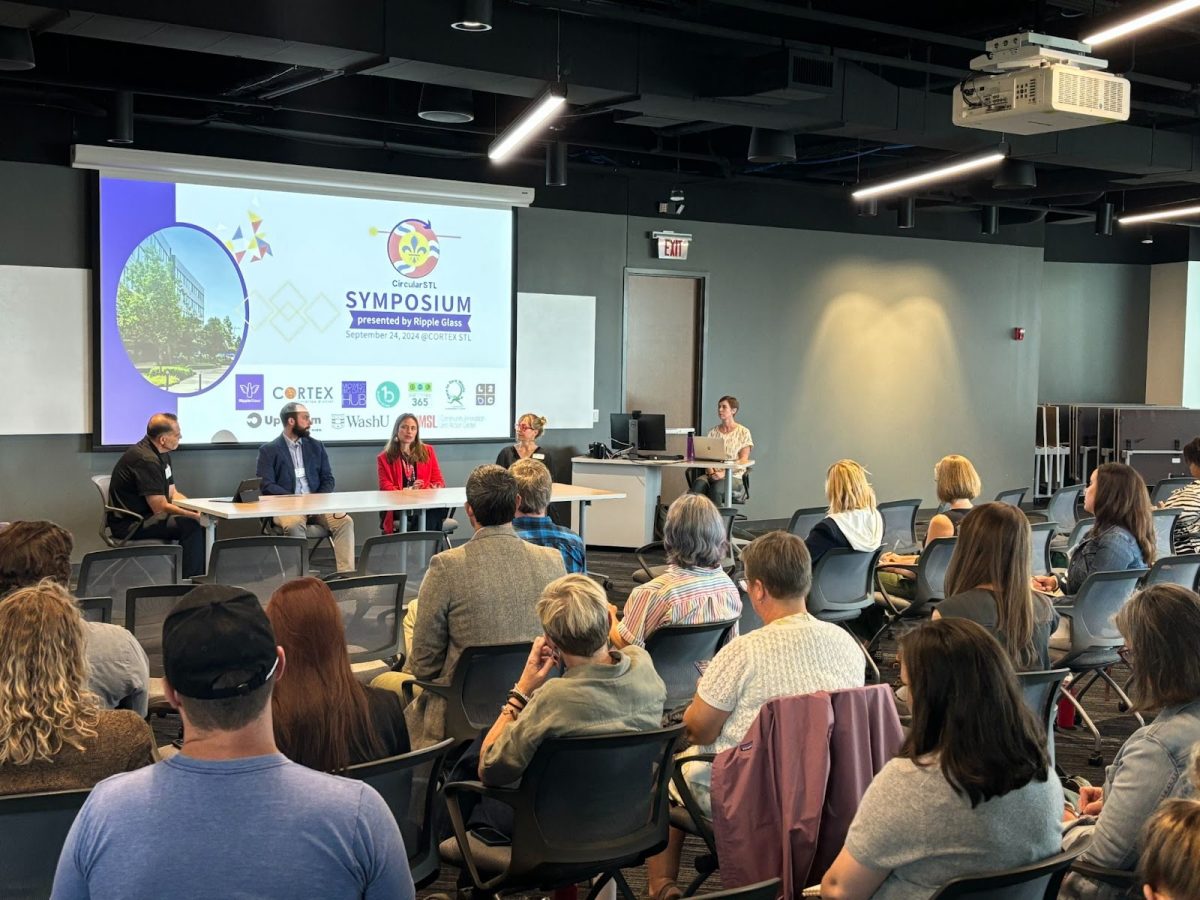
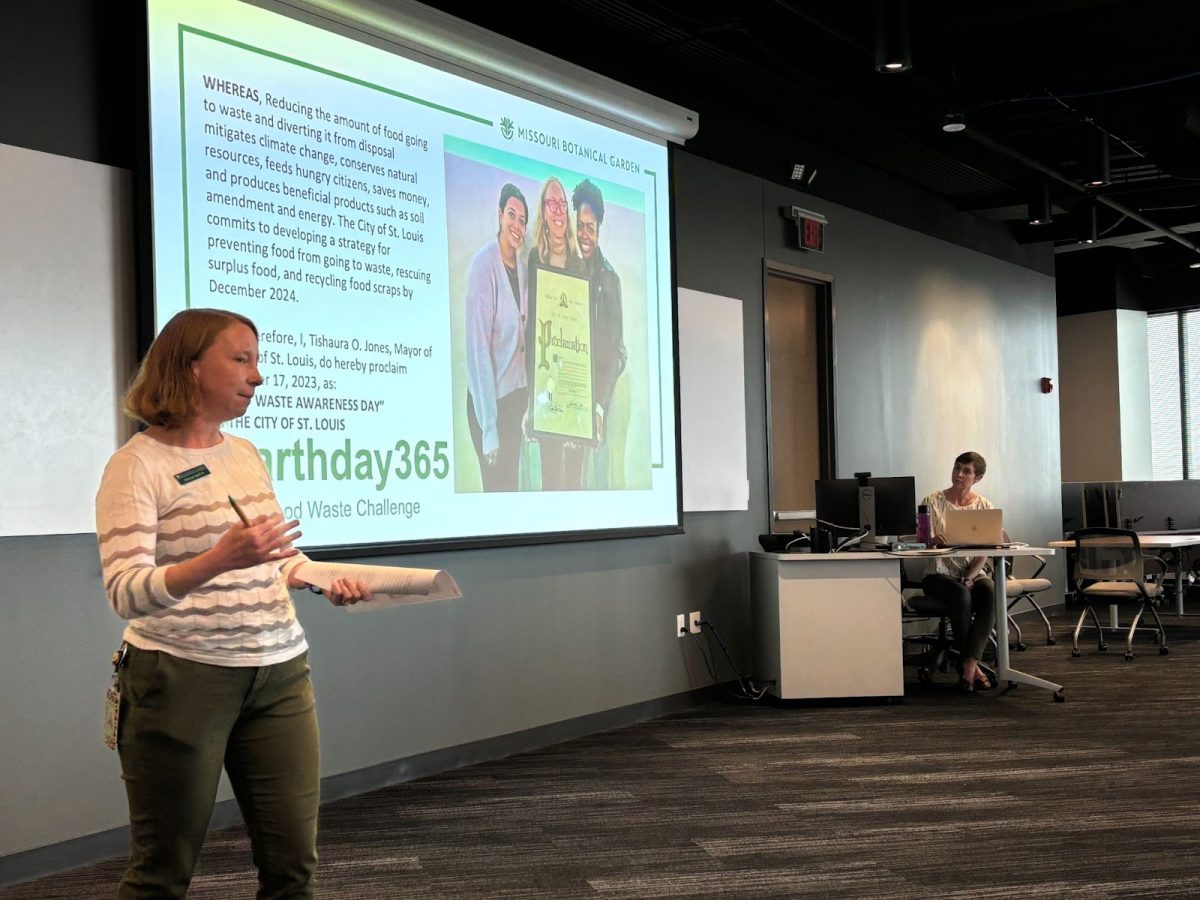
Pictured: CircularSTL partners present data and policy recommendations to community stakeholders.
“Taking part in the St. Louis Regional Circular Index program introduced me to a wide array of initiatives, from innovative startups to established businesses, that are all working towards sustainable resource use,” said project partner Chris Oestereich, Circular Economy Connector at Linear to Circular. “I joined the project to learn and contribute to a shared vision for a more circular and sustainable future for the region and beyond and I’m really happy that I did. I met so many passionate people and they left me excited about our shared trajectory.”
Teresa Bradley, CEO of national nonprofit Race to Zero Waste, echoed that sentiment: “Thanks to the grant, and due to our outreach efforts, I learned there are many businesses in the St. Louis region contributing towards the circular economy. It was such a special day at the CircularSTL Symposium to learn best practices, network, and learn from each other.”
The symposium was an incubator for new ideas. One presenting startup, Sustain-a-Plate, featured their software, which uses AI technology to streamline the inventory process for grocers. The technology takes the guesswork out of inventory management, sending alerts when products are nearing expiration and suggesting timely discounts or promotions to keep shelves fresh and waste low. It’s a shining example of how smart tracking can make a big impact.
A dedicated data science team is now finalizing the development of a community dashboard, with a preliminary version nearing release. The creation of this dashboard has involved an extensive data-collection process involving numerous community organizations, a case study in collaborative data-sharing. The dashboard will showcase and track metrics decided upon in community engagement meetings.
Participating organizations will share, among other data points, pounds of food waste prevented, pounds of composted material, and pounds of inorganic material diverted from landfills. The project has tracked nearly 20,000 tons of materials diverted from area landfills over the past year and anticipates this number to grow significantly as additional community members submit their data. Partner organizations will update these figures annually, offering a dynamic snapshot of progress. CircularSTL hopes the public-facing tool will inspire both organizations and individuals to embrace the principles of a circular economy.
The work of CircularSTL is a testament to St. Louis’ potential to transform from a linear to a circular economy, leveraging its history of innovation and community collaboration. As the city pioneers this shift, it’s not just building a more sustainable and equitable future for its residents—it’s setting an example for communities worldwide. With continued collaboration, data-driven insights, and a commitment to rethinking waste, St. Louis has the opportunity to prove that a circular economy is not just an aspiration but an achievable reality.
Learn More/Get Involved:
Learn more about CircularSTL by visiting the initiative’s website. To learn more about the lead organization, 10 Billion Strong, browse their impact and areas of focus here. If you are interested in learning more about the circular economy, the Environmental Protection Agency (EPA) provides basic information about the concept here.
Contact the Midwest Big Data Innovation Hub if you’re aware of other people or projects we should profile here, or to learn more about other Community Development and Engagement projects we’ve supported. The Midwest Big Data Innovation Hub is an NSF-funded partnership of the University of Illinois at Urbana-Champaign, Indiana University, Iowa State University, the University of Michigan, the University of Minnesota, and the University of North Dakota, and is focused on developing collaborations in the 12-state Midwest region. Learn more about the national NSF Big Data Hubs community.
